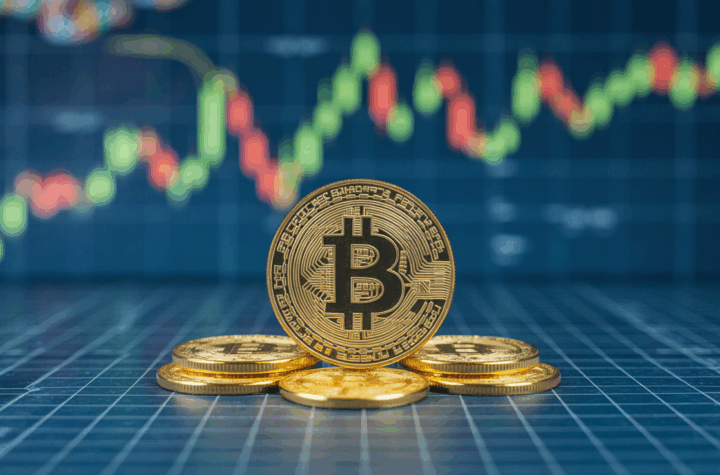
With new tariffs set to be unveiled on what the Trump Administration is calling “Liberation Day,” financial markets are holding their breath. Stocks are wobbly, recession fears are mounting, and Bitcoin — once seen as a hedge against traditional finance — has slipped into a slump. But some experts argue that beneath the surface, a long-term bullish case for Bitcoin is quietly building.
Since President Trump took office again in January, crypto markets have not followed the path many expected. Hopes were high for regulatory clarity and government support, especially after talk of a Bitcoin Strategic Reserve. Instead, the market has pulled back. Bitcoin, which peaked above $100,000 earlier this year, has spent much of March languishing in the mid-$80,000 range.
The decline is part of a broader trend: crypto is behaving more like a high-beta tech stock than a hedge. As global markets grow nervous, risk-off sentiment has dragged Bitcoin down alongside equities and bonds.
“Investors are shedding exposure to risk, and crypto is caught in that wave,” said Marc Ostwald, Chief Economist at ADM Investor Services International. “Meanwhile, gold continues to rise as the preferred safe haven.”
So far this year, gold is up 18%, fueled by growing macro uncertainty and a shift in sentiment among global central banks, which are looking to reduce dependence on the U.S. dollar. While gold is benefitting from that trend now, Bitcoin may not be far behind.
“This is a very fluid moment,” said Omid Malekan, adjunct professor at Columbia Business School. “People tend to draw sharp lines between assets — either Bitcoin is a risky tech bet or it’s digital gold. But the truth is more complex. Bitcoin may fall in the short term due to risk aversion, but in the long run, it could be exactly the alternative investors are seeking.”
Malekan emphasizes that both tariffs and crypto represent relatively new variables in the global economic system. Their interaction is still evolving.
Enter the upcoming announcement. On April 2 at 4 p.m. ET, President Trump is expected to lay out new tariffs on 15 nations, including economic heavyweights like China, Canada, and Mexico. Branded as “reciprocal tariffs,” the policy is a direct response to years of trade imbalances and foreign levies on U.S. goods.
Zach Pandl, Head of Research at Grayscale, sees opportunity in the uncertainty. He believes much of the market’s fear has already been priced in — and if the announcement is perceived as structured and measured, markets could rebound.
“If the rollout is seen as firm but phased, we could get relief across the board — including in crypto,” Pandl said. “That would allow investors to zoom out and look at the broader crypto picture, which remains compelling.”
Pandl points to continued institutional activity in the space, including Circle’s upcoming IPO, as proof that faith in digital assets remains strong despite recent turbulence.
Moreover, he believes that Trump’s tariff push could ultimately erode the dollar’s dominance, nudging global capital toward non-sovereign monetary assets like Bitcoin.
“Tariffs may be a short-term drag,” Pandl said. “But they also make people question the long-term stability of fiat systems tied to unpredictable policy. Bitcoin, with its fixed supply and decentralized architecture, becomes a very attractive alternative in that light.”
Despite the market’s current malaise, Pandl remains confident in Bitcoin’s trajectory. “We haven’t seen the last all-time high,” he added. “In fact, we may be setting the stage for the next one.”
In a world growing more fragmented by policy and protectionism, Bitcoin’s promise of neutrality, scarcity, and borderless value could be exactly what investors didn’t know they were looking for.






More Stories
DOGE drops to $0.18 amid long-term holder exits and a looming death-cross price pattern.
Asia Markets: Cautious Calm Settles Over Bitcoin as Risk Positions Rebuild
“Analyst Dubs It ‘Bitcoin’s Silent IPO’ While Dissecting Market Stagnation in Viral Essay”